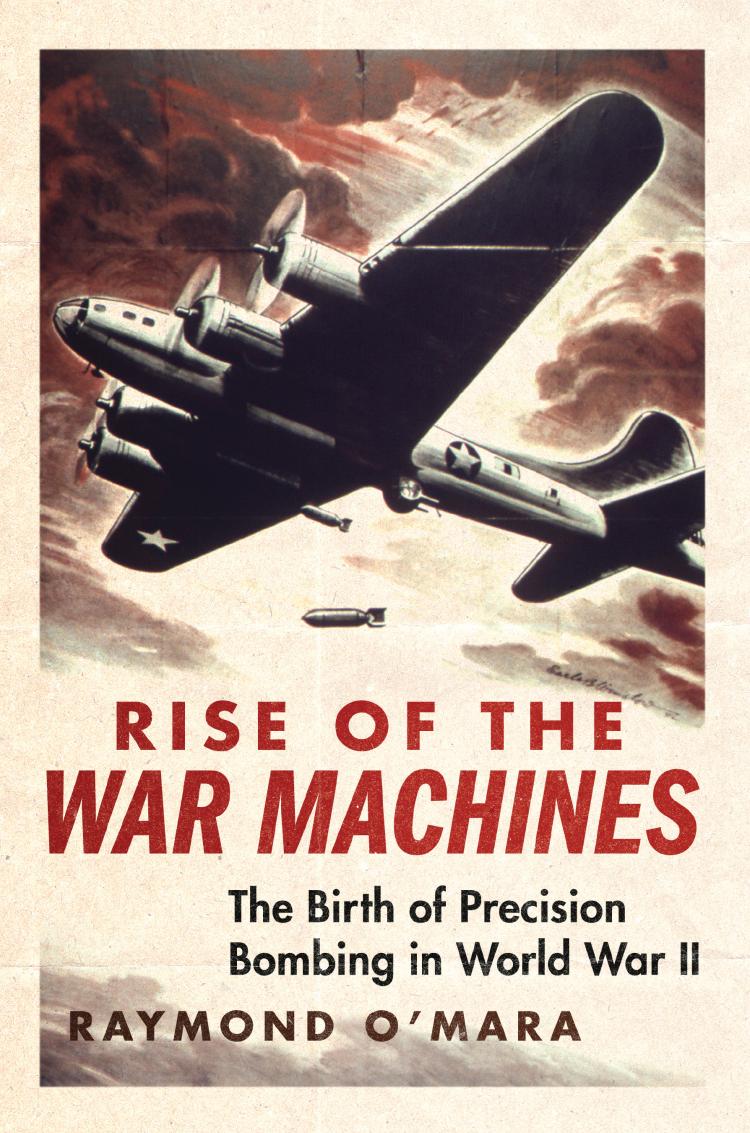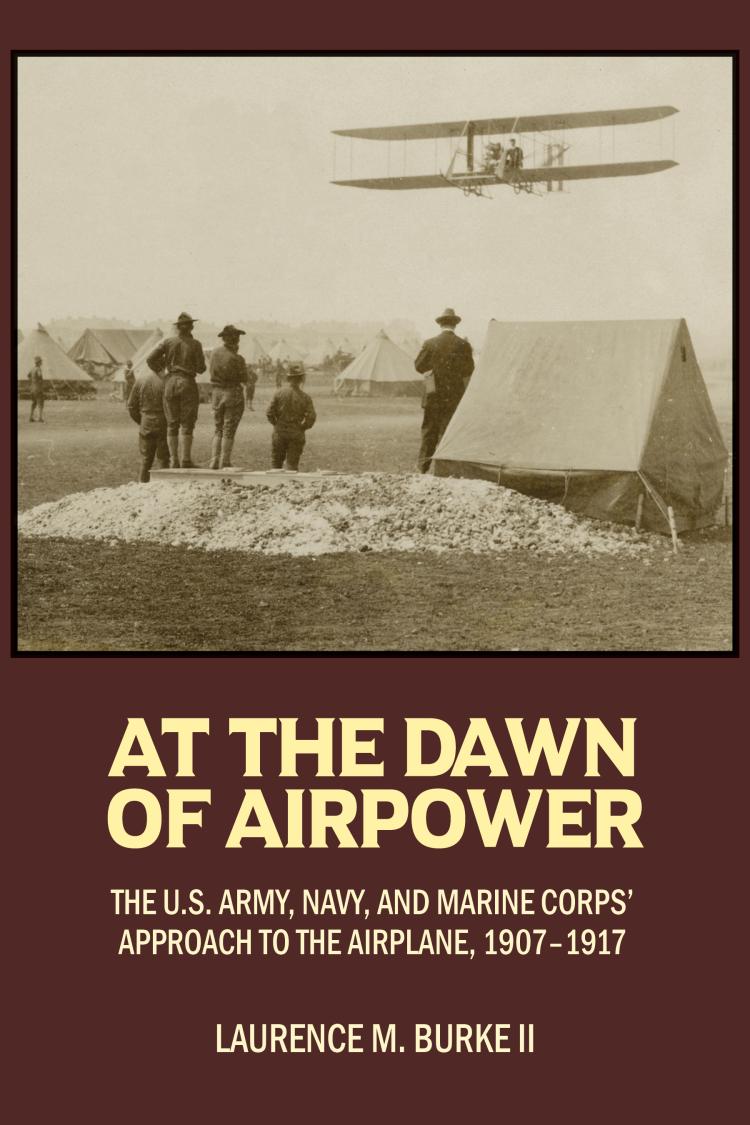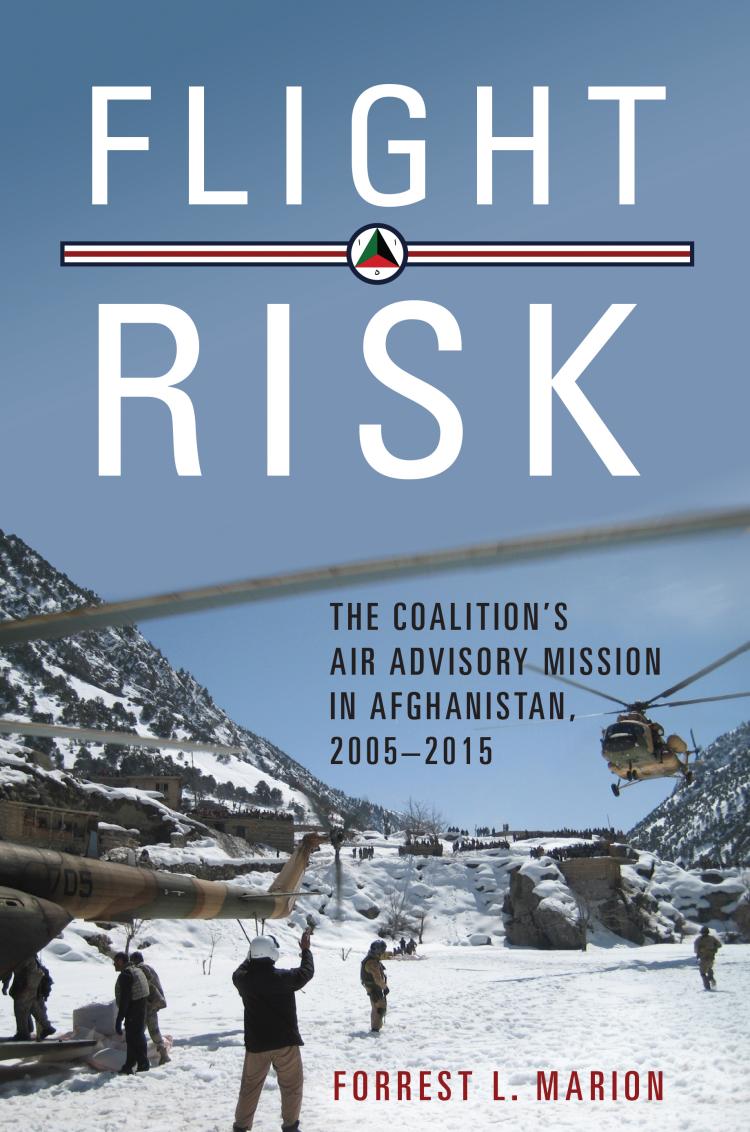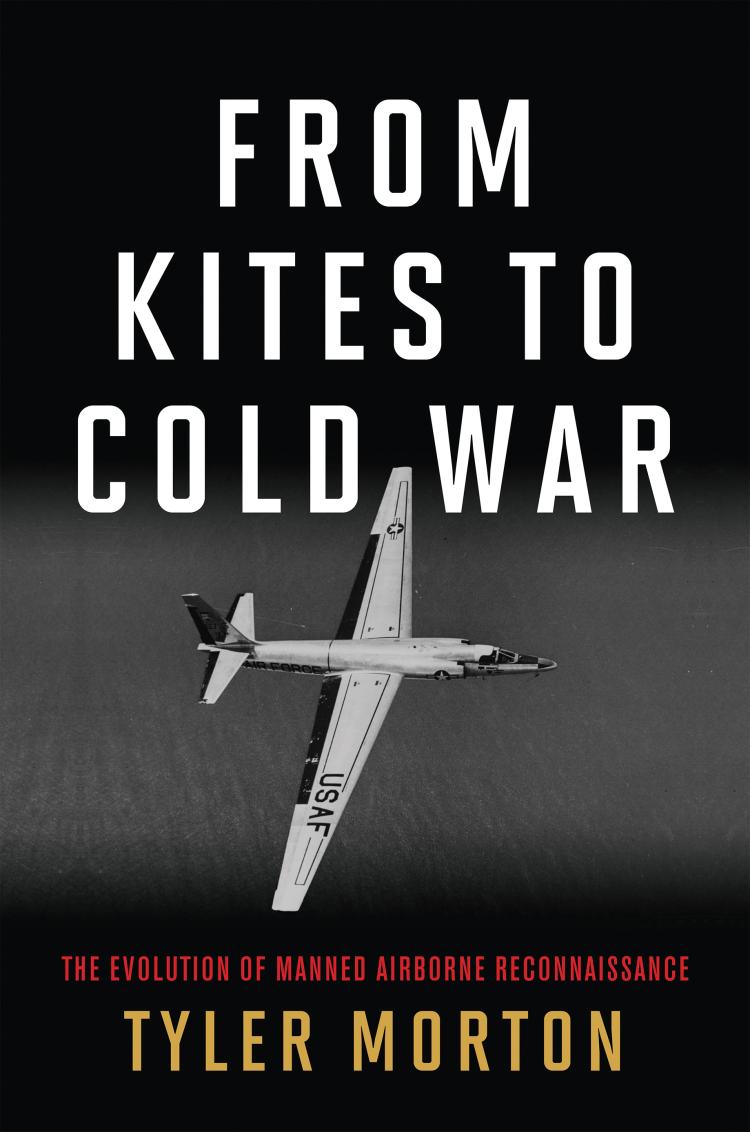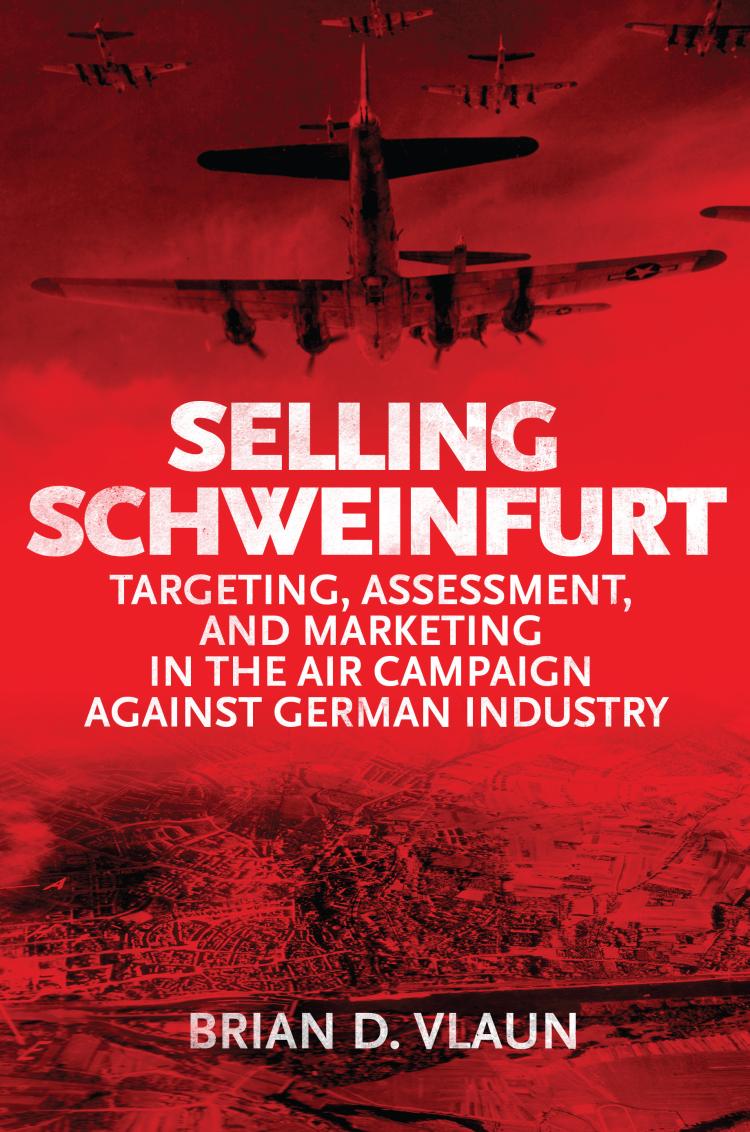Rise of the War Machines
- Subject: Spring 2022 Catalog | World War II | Military Aviation History YouTube Channel - Reading List | Society of Military History Conference
- Format:
Hardcover
- Pages:
352pages
- Illustrations:
6 B/W Photos, 7 Figures
- Published:
March 15, 2022
- ISBN-10:
1682474364
- ISBN-13:
9781682474365
- Product Dimensions:
9 × 6 × 1 in
- Product Weight:
20 oz
Overview
Rise of the War Machines: The Birth of Precision Bombing in World War II examines the rise of autonomy in air warfare from the inception of powered flight through the first phase of the Combined Bomber Offensive in World War II. Raymond P. O’Mara builds a conceptual model of humans, machines, and doctrine that demonstrates a distinctly new way of waging warfare in human-machine teams. Specifically, O’Mara examines how the U.S. Army’s quest to control the complex technological and doctrinal system necessary to execute the strategic bombing mission led to the development off automation in warfare.
Rise of the War Machines further explores how the process of sharing both physical and cognitive control of the precision bombing system established distinct human-machine teams with complex human-to- human and human-to-machine social relationships. O’Mara presents the precision bombing system as distinctly socio-technical, constructed of interdependent specially trained roles (the pilot, navigator, and bombardier); purpose-built automated machines (the Norden bombsight, specialized navigation tools, and the Minneapolis-Honeywell C-1 Autopilot); and the high-altitude, daylight bombing doctrine, all of which mutually shaped each other’s creation and use.
About the Author
Editorial Reviews
“With a degree of operational fluency and attention to detail that could only come from an experienced military pilot, Ray O'Mara spotlights a typical B-17 mission from England into Germany and back during the early phase of the bombing campaign against Germany during World War II and systematically deconstructs it as the first clear instance of a harmonious integration of trained crew members, task-specific equipment, and an overarching concept of operations for producing the precision attack capability that has since become the hallmark of American airpower. In a deep dive into the mission's conduct from its initial planning through its harrowing bomb run over a well-defended target to its eventual safe recovery, he puts the reader into the cockpit and shows step by step how the roles and responsibilities of the pilot, navigator, and bombardier interacted in making possible the desired combat outcome. Using an analytical framework that should work just as well for assessing other force employment systems of even greater complexity, his well-documented anatomy of the mission offers both a riveting tutorial in its own right and, more broadly, a landmark contribution to the literature on air warfare.” —Benjamin S. Lambeth, nonresident senior fellow, Center for Strategic and Budgetary Assessments, and author of Airpower in the War against ISIS
“Ray O’Mara’s innovative book provides new insight into a history we thought we knew. Rise of the War Machine reveals the cognitive history of the 8th Air Force: how the crew coordinated with each other, with their automation and computation systems, and with evolving doctrine. O'Mara shows how the critical years of World War II laid the foundations for today’s complex human-machine systems, a direct line from the B-17 to the F-111, F-117 and today’s unmanned systems. A must read for anyone interested in the intricacies of today’s automated and increasingly autonomous technology.” —David Mindell, professor of Aeronautics and Astronautics, MIT, author of Digital Apollo: Human and Machine in Spaceflight
“Ray O’Mara’s Rise of the War Machine is a long-needed book that fills a gap in military aviation history. Written with an airman’s insights and experience, the exactitude of a professional historian, and the keen analysis of a military professional thoroughly conversant with technology, doctrine, human factors, and combat operations, this book offers an important corrective to much previous literature that has looked at strategic bombing in the Second World War strictly in terms of targets struck and aircraft lost. O’Mara looks at each key member of the bomber team—pilots, navigators, and bombardiers—and shows how each had to master unique forms of computational technology that then had to be integrated into a system-of-systems making each airplane an information-and-data-rooted attack system whose success was dependent upon the highest professional standards of its crew. That experience planted the seeds and nurtured the roots of the postwar 'Weapon System' as well as today’s AI-and-cyber-informed inhabited and uninhabited air systems. This is a book of staggering depth and insight, the product of immense archival research, and a work that is of importance not only to those studying the human-machine-weapon interplay in the Second World War, but the relationship of humans, machines, and weapons in the present and future.” —Dr. Richard P. Hallion, founding curator at the Smithsonian's National Air and Space Museum
“The bomber offensive against Germany in World War II was a tremendous undertaking, but until now the relationship between man and machine—the system of highly trained specialists and their tools—has remained poorly understood. Combining rich technical detail with remarkable readability, this new work is a milestone in the history and sociology of air warfare and technology. One of the most important air power history books of the last decade.” —Richard R. Muller, USAF School of Advanced Air and Space Studies
“Ray O’Mara has produced a truly fascinating and superbly researched book on an aspect of aviation that has rarely been addressed: the relationship between military flying machines and the people who fly them. Beginning with the Wright Brothers aircraft and on through the mighty bombing machines of World War II, he describes the fascinating interdependence — and sometimes rivalry — between air crews and their machines.” —Norm Augustine, retired CEO of Lockheed Martin
“A fascinating book that ties the past to the future by exploring the human-machine interface in the context of aerial warfare. O’Mara provides unique insight into how air warfare evolved as an interdependent system consisting of humans, machines, and ideas and how that system evolved. A must-read by those seeking to understand how to best exploit human-machine interaction in the conduct of future warfare.” —Lt. Gen. Dave Deptula, USAF (Ret.), dean of the Mitchell Institute for Aerospace Studies
“This book [is] a page-turner and is worth a spot on any bookshelf devoted to aviation history as well as man-machine interface study.” —Travel for Aircraft
"This is an informative, authoritative and well-constructed account." — RAF Historical Society




